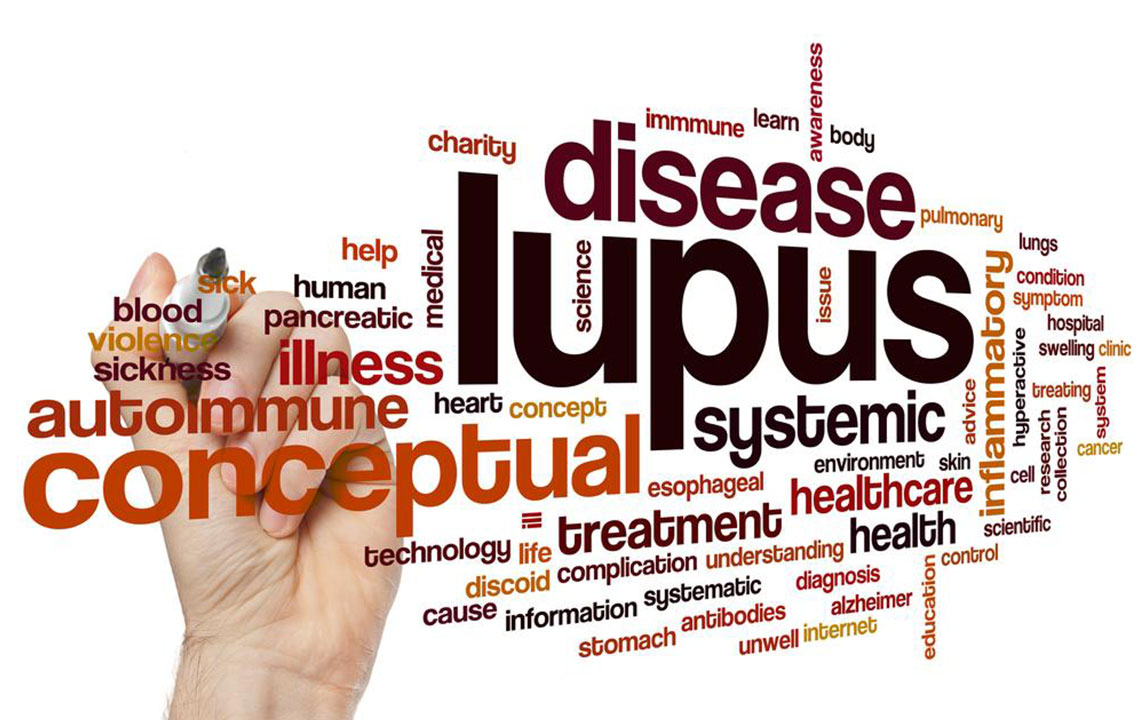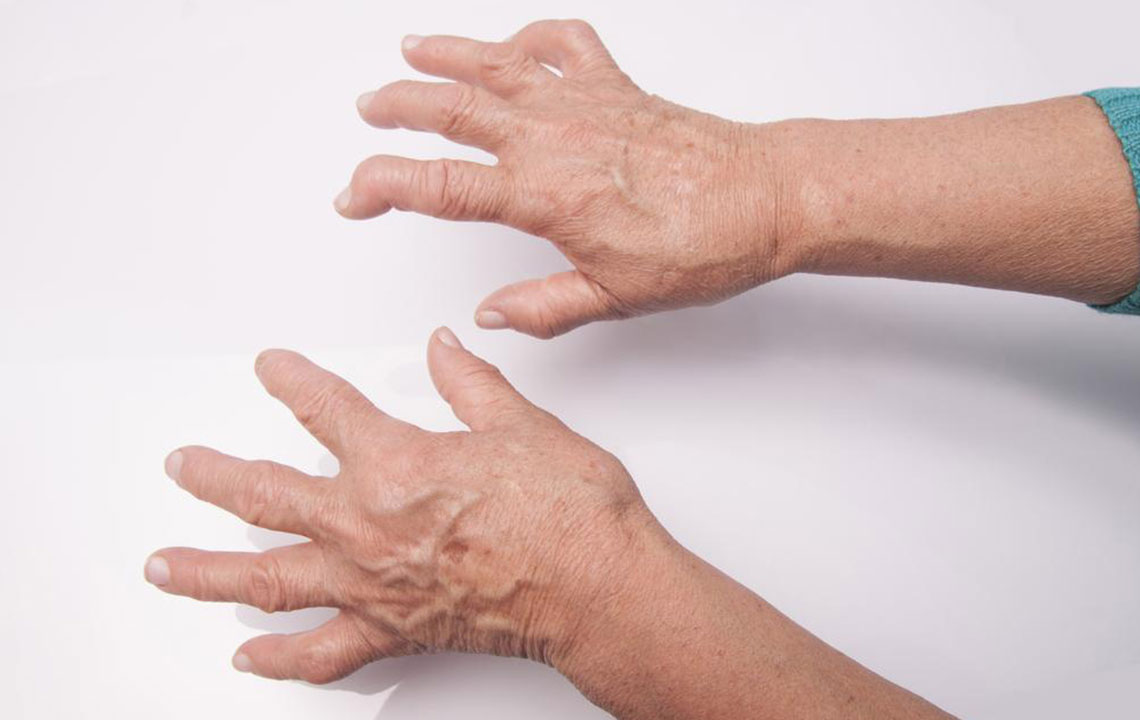Recognizing the 10 Early Indicators of Lupus
This article highlights the ten early warning signs of lupus, including fatigue, skin rashes, joint pain, and lung inflammation. Recognizing these symptoms early is crucial for timely diagnosis and management. The content provides key insights into lupus's initial signs, emphasizing the importance of consulting a healthcare professional at the onset. Understanding these indicators can help individuals seek prompt medical attention, improving prognosis and quality of life.

Lupus is a complex autoimmune disorder characterized by inflammation and swelling across various tissues. Its symptoms can vary widely among individuals, with some experiencing mild signs and others facing severe health issues. Typically emerging in teenagers through their 30s, early lupus symptoms often mimic those of other conditions, making diagnosis challenging. Common early signs include persistent fatigue, unexplained low-grade fevers, hair thinning, skin rashes, and joint pain. Recognizing these signs early and consulting a healthcare professional is vital for effective management and treatment of lupus.
Important early symptoms encompass:
Persistent Fatigue
Most affected individuals report ongoing tiredness, making daily activities difficult. Maintaining a routine and staying active can help, but persistent exhaustion warrants medical advice.
Unexplained Mild Fever
Low-grade fever without infection might indicate inflammation or potential flare-ups in lupus patients. Frequent occurrences should prompt a medical check-up.
Hair Loss
Sudden or gradual hair thinning, including loss of eyelashes or eyebrows, can be an early sign caused by scalp inflammation.
Skin Rashes and Lesions
A butterfly-shaped rash on the cheeks or nose, triggered by sun exposure, is typical. Non-itchy skin lesions and sensitivity to sunlight are also common indicators.
Breathing Difficulties and Chest Pain
Inflammation in the lungs may cause chest pain, breathlessness, and conditions like pleuritis, which can worsen over time.
Additional signs include kidney inflammation leading to swelling and blood in urine, joint pain and stiffness, gastrointestinal issues such as acid reflux, thyroid dysfunction, and dryness of eyes and mouth caused by Sjogren’s syndrome. Prompt medical consultation is essential if these symptoms appear.
Understanding early signs of lupus helps in timely diagnosis and better disease management. Always seek professional advice if experiencing these symptoms to ensure proper treatment and care.










